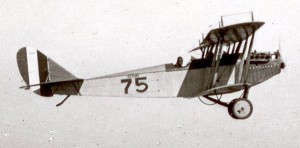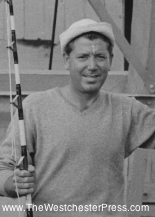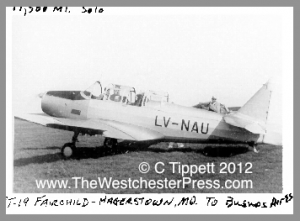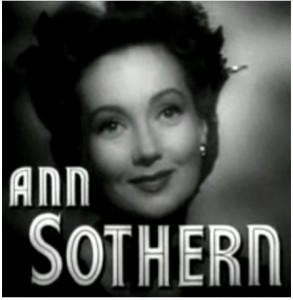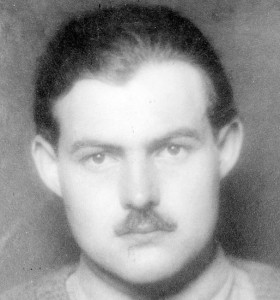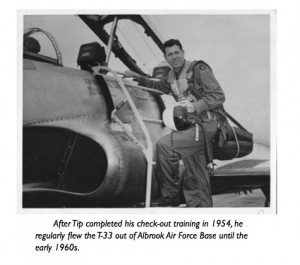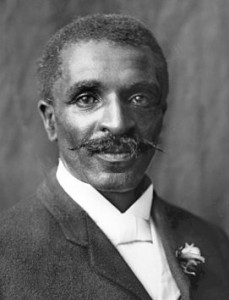
Col. C. J. Tippett shook hands with Dr. George Washington Carver before going on to certify one of the first classes of students who would become the Tuskegee Airmen. Thanks to Wikipedia for this public domain image of Dr. Carver.
Col. C. J. Tippett followed his love for flying through some of the most pivotal events of world history. While he never intended to set records and shake hands with famous people, he did it anyway.
In 1941, Tip was an instructor and inspector for the Civil Aeronautics Authority (CAA) and had his hands full certifying all the students involved in the Civil Pilot Training Program (CPTP). He got a call from his superiors asking him to fly to a university in Alabama to certify a class who were ready to fly.
But that part of Alabama wasn’t Tip’s territory. He asked Bill Robertson, his CAA boss, why the local instructors couldn’t handle the call…. and the rest of the story is history, told in my book – which is in final draft form….
Tip was met at the airport by …”an elderly gentleman with two black men accompanying him…” It was Dr. George Washington Carver, and Tip not only shook his hand, he sat down with him and figured out how to go about the historic process of testing and certifying a class of students who would become some of the first Tuskegee Airmen.
Dr. Carver was accompanied by Dr. George Washington and Dr. Jones. The three men had worked hard to bring the opportunities inherent in the CPTP to Tuskegee University.
Dr. George Washington Carver had devoted his career to agricultural programs intended to help free black men be successful as farmers. He made great progress with peanuts, and was active in Alabama’s black leadership. He would live long enough to see his Tuskegee students successfully join the US Armed Forces, but not long enough to see the end of segregation in America.
Tip treasured the memory of shaking hands with Dr. Carver in 1941 and his description is full of details.
The book, and associated magazine articles are coming out soon… join the mailing list for notifications, and be assured that I never, ever, use that mailing list for any emails other than my own.

